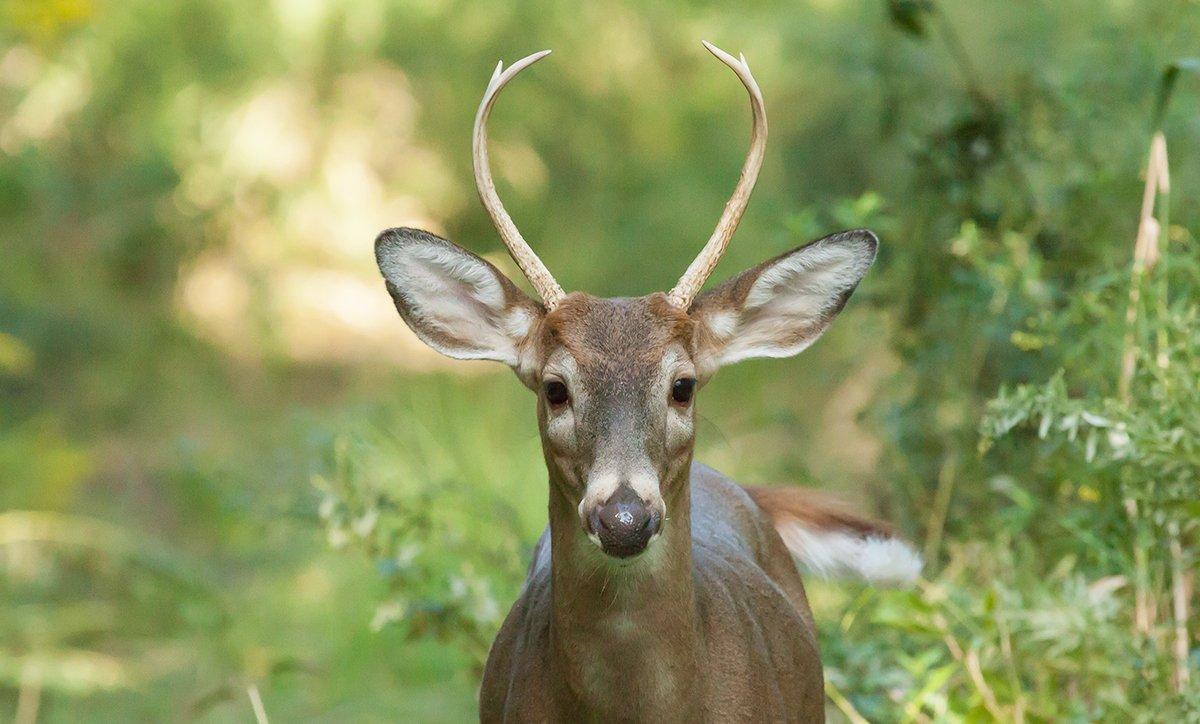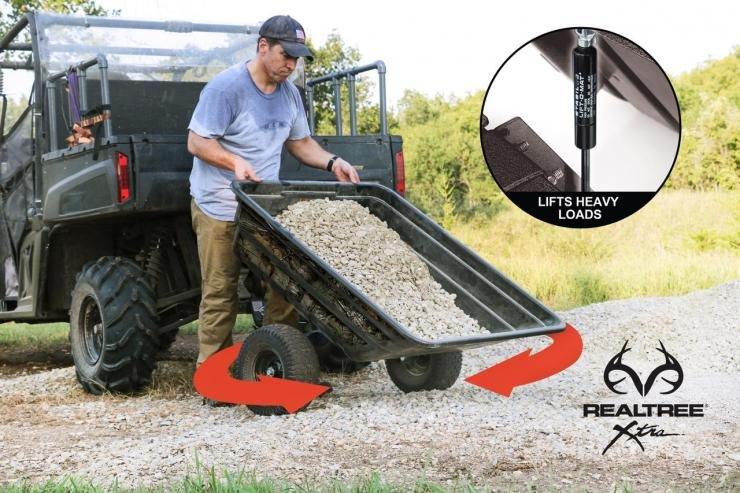Which Side of the Fence Are You On?
Culling for antler genetics has long been a hot debate in deer hunting. Is the cull theory true? Can you impact the herd enough to have bigger bucks? If so, is it even worth the time it takes to do it? Plenty of questions surround the topic, so I reached out to a couple of guys who know a thing or two about it.
First, I talked to Dr. Grant Woods, a deer biologist and host of Growing Deer TV. He put the first nail in the cull-theory coffin.
There's been multiple detailed research projects about culling white-tailed bucks with hopes of improving the herd's average antler size, Woods said. To date, all the projects that I'm aware of show the only result of culling wild free-ranging deer is that fewer bucks reach maturity. This is because a pedigree (knowing who bred who and the results) is necessary to have a predictable outcome from genetic selection (culling). It's been proven many times that hunters and land managers can improve the average antler size substantially by allowing bucks to mature and improving the habitat.
Realtree Half-Ton Lift-Assist and Swivel Hauler by OxCart
So basically, culling doesn't work for wild deer. The only proven factors for having bigger deer on a given property are age and nutrition. Have plenty of cover. Supply plenty of food. Allow bucks to age. Do those things and you'll see bigger bucks.
The other person I reached out to was Matt Ross, a biologist with the Quality Deer Management Association. What did he have to say on the issue when I asked him if culling works?
No, not in free-ranging situations it doesn't, Ross said. My opinion is that 'culling' is too often used by deer hunters as a means to an end. The term 'cull' is thrown out there frequently to justify why they chose to kill a certain animal. There's no need to do that. Be proud of your harvest. Every legal kill on a deer is a good one, and should be celebrated.
The research clearly shows that it isn't an effective practice for those managing free-ranging deer, especially on smaller tracts of land.
Culling a white-tailed deer is the attempt to change the genetic make-up of a population by removing undesirable traits through selective harvest of individuals that display those unwanted traits, Ross said. Usually, it has to do with antlers (shape, symmetry, conformation, etc.). The research says that it is not effective in the wild. Period. The most intensive project that looked at this aggressively culled deer within every adult age class (1½, 2½, 3½, etc.) at a 10,000-acre scale for over 10 years. And in the end, the effort made no impact. In fact, the control area had deer with larger antlers than the area where they culled."
Like Woods, Ross concluded that age and nutrition are two things we can adequately influence in wild deer herds.
Manage for the two things that most impact antler and body size - age and nutrition, Ross said. They are things that everyone can do. Let bucks get some age before harvesting them, and make sure they are well fed by keeping the total population in check (kill enough does every year) and by managing the habitat. This second thing can be done through working with a forester to cut some trees and getting sunlight on the forest floor, making sure there is ample early successional habitat around, and also through food plots.
In essence, quit culling deer. And quit using it to justify the little deer you shoot. That's the take-home message from the deer-culling debate.
Are you a deer hunter thirsty for knowledge? Check out our stories, videos and hard-hitting how-to's on deer hunting.
And follow us on Facebook. It's the 21st century, dude. Get with the program.








